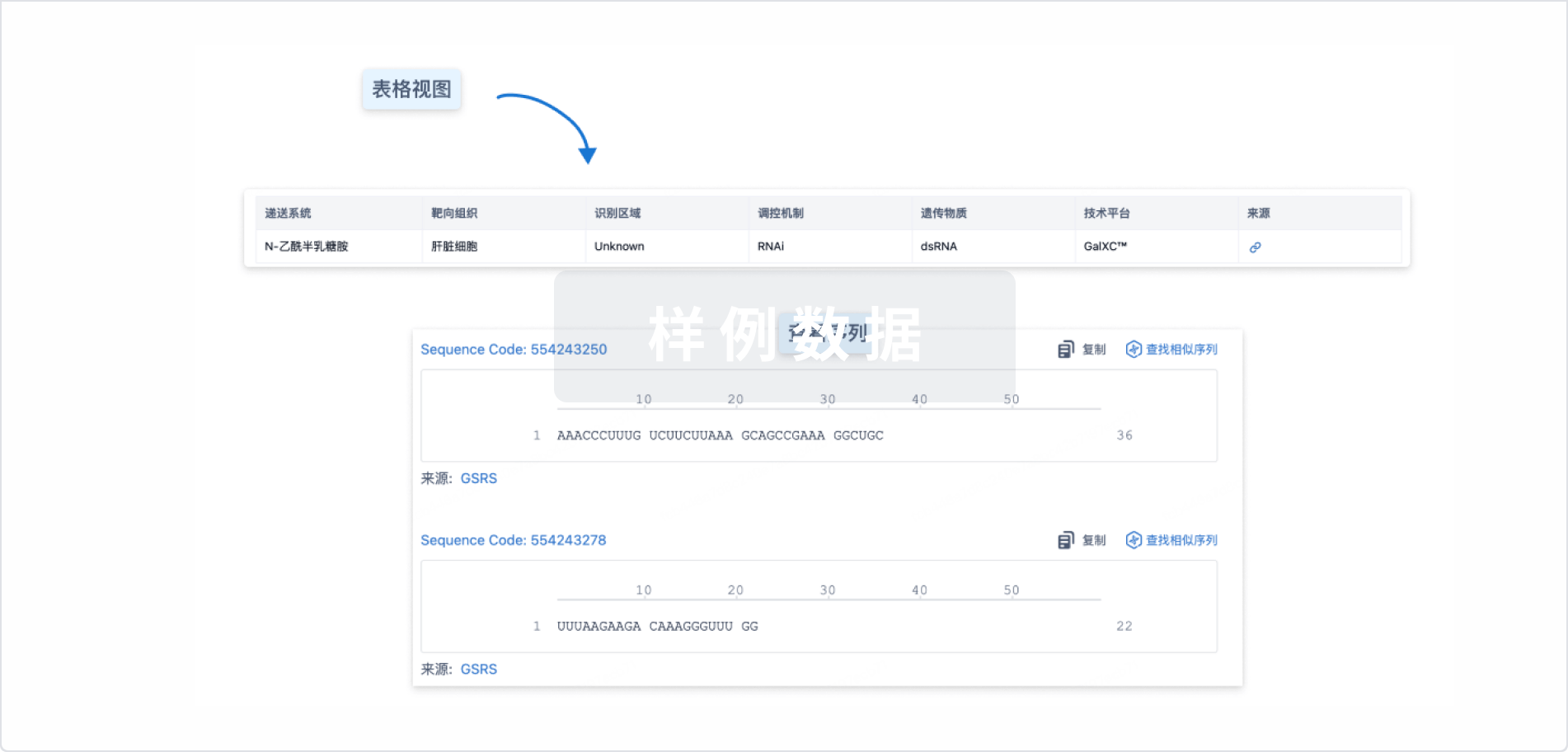Tenebrio molitor (TM) is considered as one of the most promising protein sources for replacing fish meal in aquafeeds, among other things because it is rich in protein, a good source of micronutrients and has a low carbon footprint and land use. However, the main drawback of TM is its fatty acid profile, in particular its low content of n-3 PUFA. This study evaluates the effects of partially replacing plant or marine-derived with full-fat TM meal at two different levels on growth performance and lipid profiles of Senegalese sole (Solea senegalensis). For this purpose, a control diet (CTRL) and four experimental isoproteic (53%) and isolipidic (16%) diets were formulated containing 5 and 10% TM meal replacing mostly fish meal (FM5 and FM10), or 10 and 15% TM meal replacing mostly plant meal (PP10 and PP15). Fish (215 g) were fed at 1% of their body weight for 98 days. The final body weight of fish fed the experimental diets containing TM meal was not different from that of fish fed the CTRL diet (289 g). However, the inclusion of TM meal resulted in a gradual improvement in growth rate and feed efficiency in both cases (replacement of fish or plant meals), and significant differences in specific growth rate (SGR) were observed between fish fed the CTRL diet (SGR = 0.30% day−1) and those fed diets with the highest TM meal content (PP15; SGR = 0.35% day−1). The experimental groups did not show any differences in the protein content of the muscle (19.6% w/w). However, significant differences were observed in the total lipid content of the muscle, with the FM10, PP10, and PP15 groups having the lowest muscle lipid contents (2.2% ww). These fish also showed the lowest neutral lipid content in muscle (6.6% dw), but no differences were observed in the total phospholipid content (2.6% dw). Regarding the fatty acid profile, fish fed FM10, PP10 and PP15 had lower levels of linoleic acid (18:2n-6) and higher levels of oleic acid (18:1n-9) in liver and muscle compared to fish fed CTRL. However, no differences were found between fish fed CTRL and TM-based diets for docosahexaenoic acid (22:6n-3) and total n-3 PUFA in liver and muscle. In conclusion, our study demonstrated that full-fat TM inclusion up to 15% in S. senegalensis diets had no negative effects or even some positive effects on fish survival, growth performance, nutrient utilization and flesh quality.








